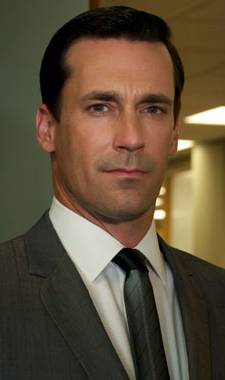
 NE DAY A YEAR OR SO AGO a priest was consulting with a bride on her upcoming wedding. She couldn’t understand why he wasn’t allowing a popular song to be sung during her nuptial Mass. The title sounded sort of sacred, something about ‘raising you up.’ And it was a nice melody, everybody knew it, and it meant a lot to her, and…The young priest finally asked her, “Would you like to have the Ave Maria sung at your reception?” Then she understood that there’s a time and a place for everything. And despite what the popular culture tells us, all things are not equal.
NE DAY A YEAR OR SO AGO a priest was consulting with a bride on her upcoming wedding. She couldn’t understand why he wasn’t allowing a popular song to be sung during her nuptial Mass. The title sounded sort of sacred, something about ‘raising you up.’ And it was a nice melody, everybody knew it, and it meant a lot to her, and…The young priest finally asked her, “Would you like to have the Ave Maria sung at your reception?” Then she understood that there’s a time and a place for everything. And despite what the popular culture tells us, all things are not equal.
Letting the popular culture into the Mass is dangerous. The Church has been and needs to be countercultural. Consider the generation of Catholics who came of age in the heyday immediately following the implementation of Vatican II. I find it both interesting and ironic that many from that period thought of themselves as countercultural. They were cutting edge, agents of change, new and exciting. The future lay before them and they were shaping it. No innovation was too great for the seismic shift they envisioned for the Catholic Church.
All around this swirl of activity the secular culture was changing as well. In the Church, a vacuum of available music was filled with pop and folk inspired songs. I remember walking into church one summer Sunday and seeing kids from my high school standing up in front with guitars. They were singing music that sounded like it was from the radio. (I never listened much to the pop songs of the day, so I really hated what was happening). Of course, since all of this music was “new” and I didn’t really know any of it, I couldn’t participate in the Mass. At that point I had no idea about “actuoso participatio.” It all just felt weird. But at least the kids doing the music seemed like they were having a good time.
Now some (not all, some) of those same countercultural people, those who embraced radical change, those who were so progressive, hip, open-minded and open-armed, are the very same who, when confronted with a resurgence, or gradual re-discovery of chant, Latin, sung dialogues, solemn liturgical practices and gestures, and solid Catholic hymnody, are now rigid and unwilling to accept change. They don’t want the Church to be countercultural.
Thanks to websites like this and many others, the Church is once again becoming countercultural. Except now, the culture it’s turning away from is the one created by some dubious choices in music, architecture, and sacred language.

